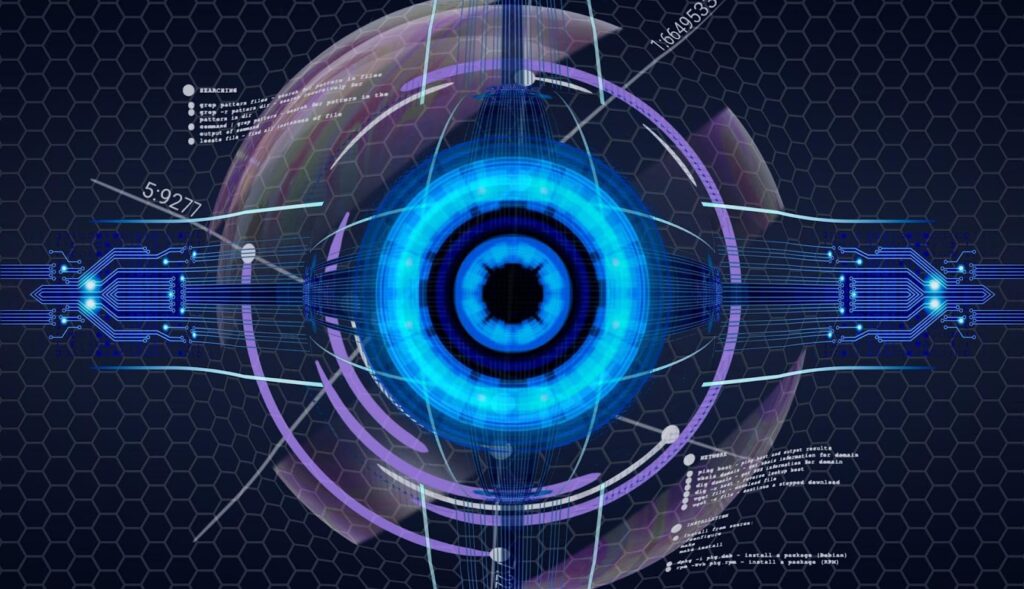Identity verification is a crucial part of regulatory compliance for several types of businesses, some of which may operate in the financial industry and even certain eCommerce stores, depending on the products they’re selling. The objective, of course, is to reduce money laundering and fraud.
For instance, if you were to open up a bank account, the institution is bound to ask for your ID at some point in the process. The same would be the case if you were to sign up as an Uber driver or buy certain 18+ products online.
To accomplish that, numerous types of ID checks are available, with more being added to the list as technology progresses. We will be looking at 4 of these below.
1. Document verification
To ensure that someone is who they claim to be and that their record is clean, document verification is a good way to go. Driver’s license check or ID document scan are both examples of this. If it’s not possible or impractical to present a document in person, a business might ask the candidate to submit a document scan or a photo of them holding their personal ID. The identification process must then pass several checks, including automated background checks, AI-assisted checks, and human review.
2. Database checks
It’s possible to verify that certain information is true by running it against a government database. This gives a quick glimpse into the candidate’s record and allows the company or institution to assess the level of risk that person could present if they were to take them on as a client. Keep in mind that database checks only check to see if that person’s records are clean – they may still attempt to falsify the information provided, so it’s important to double check their identity as well using other methods.
3. Credit checks
Before allowing you to purchase insurance coverage, for example, one of the first things providers will do is to check the applicant’s credit score. To accomplish this, data may be pulled from one or more credit bureaus. Typically, this data is linked to that person’s name, address, and social security number to ensure it relates to the same person. In the US, a score is assigned to each individual – the lower, the riskier it is to do business with them.
4. Biometric verification
In recent years, technology has come a long way. Nowadays, it’s possible to ascertain someone’s identity by examining the physical characteristics of their face. For instance, border patrol agents or immigration officers may use biometrics to ascertain the identity of someone who is trying to enter the country, ensuring they are who they claim to be. Other forms of biometric checks include voice recognition, retina scans, and fingerprinting. Biometric verification may also be used as an extra security measure when someone is trying to access a section of the building that requires privileged access.
Retina scans are one of the modern technology-assisted ID checks.
Conclusion
Nowadays, there are more ways than ever to verify someone’s identity and check their background as a means to reduce impersonation, money laundering, and fraud. Many of these rely on automated technology to complete the check. As time goes on, ways to accomplish this may emerge.
